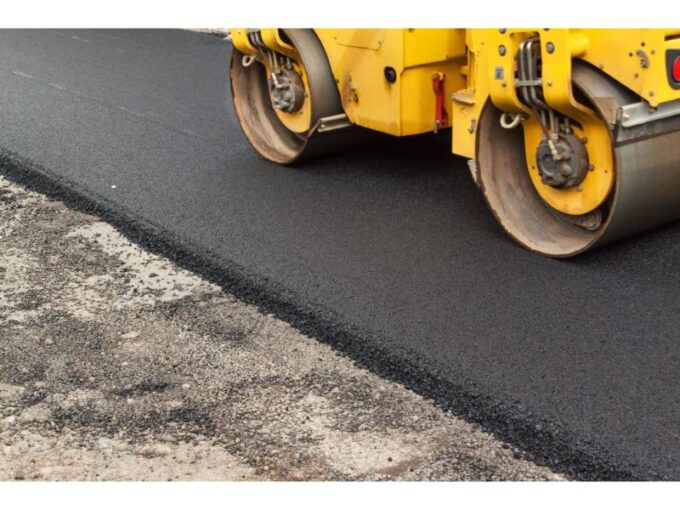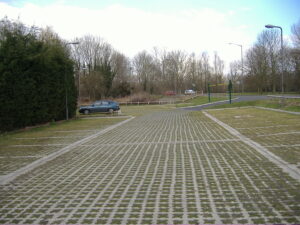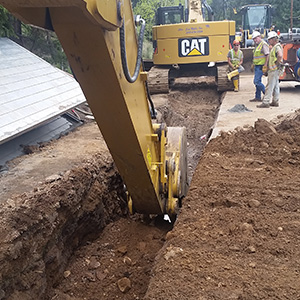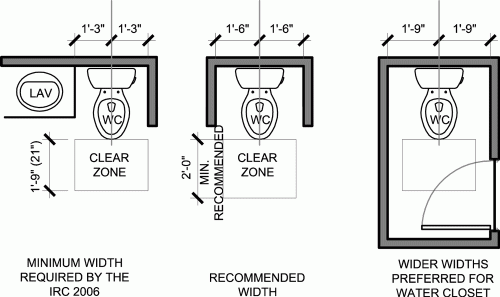Pavement Design for Private Drives: Materials, Codes, Costs, and Maintenance
Private drives require pavement systems designed to handle site-specific loads, climate, and maintenance expectations. A properly designed pavement improves performance, safety, and long-term value for property owners. Pavement design considers soil conditions, traffic type, drainage, and aesthetics.
Common Pavement Types for Private Drives
There are three main types of pavement used for private drives:
1. Asphalt Pavement
Asphalt is a flexible pavement made from bituminous materials and aggregate. It is cost-effective and quick to install. Asphalt is ideal for moderate vehicle traffic and provides a smooth driving surface.
Applications:
-
Residential driveways
-
Light-duty commercial access drives
-
Temporary access roads
2. Concrete Pavement
Concrete pavement is a rigid system that offers excellent durability and strength. It performs well under heavier loads and resists deformation.
Applications:
-
Fire lanes
-
Industrial or multifamily access roads
-
High-slope driveways where traction is critical
3. Gravel or Aggregate Surface
Gravel drives offer a low-cost alternative for rural or low-traffic areas. However, they require regular maintenance and are not ideal for steep slopes.
Applications:
-
Agricultural or rural drives
-
Temporary construction access
-
Budget-constrained developments
There are countless other alternatives to driveway surfacing from pavers to grasscrete, but the focus of this article is on the most typical surfacing options due to cost, availability, and compliance.
Code Requirements and Design Standards
Pavement design must meet local codes and engineering standards. The International Fire Code (IFC) typically governs fire access lane design. Local zoning or engineering manuals may define pavement type and thickness based on use.
Typical Thickness Guidelines:
| Pavement Type | Use | Typical Thickness |
|---|---|---|
| Asphalt | Residential Driveway | 2.5″–3″ over 4″ base |
| Asphalt | Fire Lane | 4″–6″ over 6″ base |
| Concrete | Residential Driveway | 4″–5″ slab |
| Concrete | Fire Lane | 6″–8″ slab |
| Gravel | Rural Driveway | 4″–6″ compacted depth |
All pavement sections must include proper base preparation and drainage provisions to ensure long-term performance.
Cost Comparisons
Pavement costs vary based on material, site conditions, and location.
-
Asphalt: $3–$6 per square foot installed
-
Concrete: $6–$10 per square foot installed
-
Gravel: $1–$3 per square foot installed
Asphalt is less expensive upfront than concrete but may need more frequent resurfacing. Gravel has low initial cost but high annual maintenance.
Long-Term Maintenance Considerations
Each pavement type has distinct maintenance needs:
-
Asphalt requires periodic sealing, crack filling, and eventual resurfacing every 10–15 years.
-
Concrete offers longer life (25–40 years) with minimal maintenance, though cracking may require patching.
-
Gravel needs regular grading, weed control, and reapplication after storms or snow removal.
Proper drainage design is critical for all types to prevent frost heave, base failure, or erosion.
How EVstudio Can Help
EVstudio’s civil engineering team provides expert pavement design tailored to each site. We evaluate:
-
Soil conditions
-
Drainage requirements
-
Vehicle loading
-
Code compliance
We help clients select materials and thicknesses that optimize long-term performance and cost.
Additional Resources
Contact EVstudio to discuss the best pavement solution for your project.











